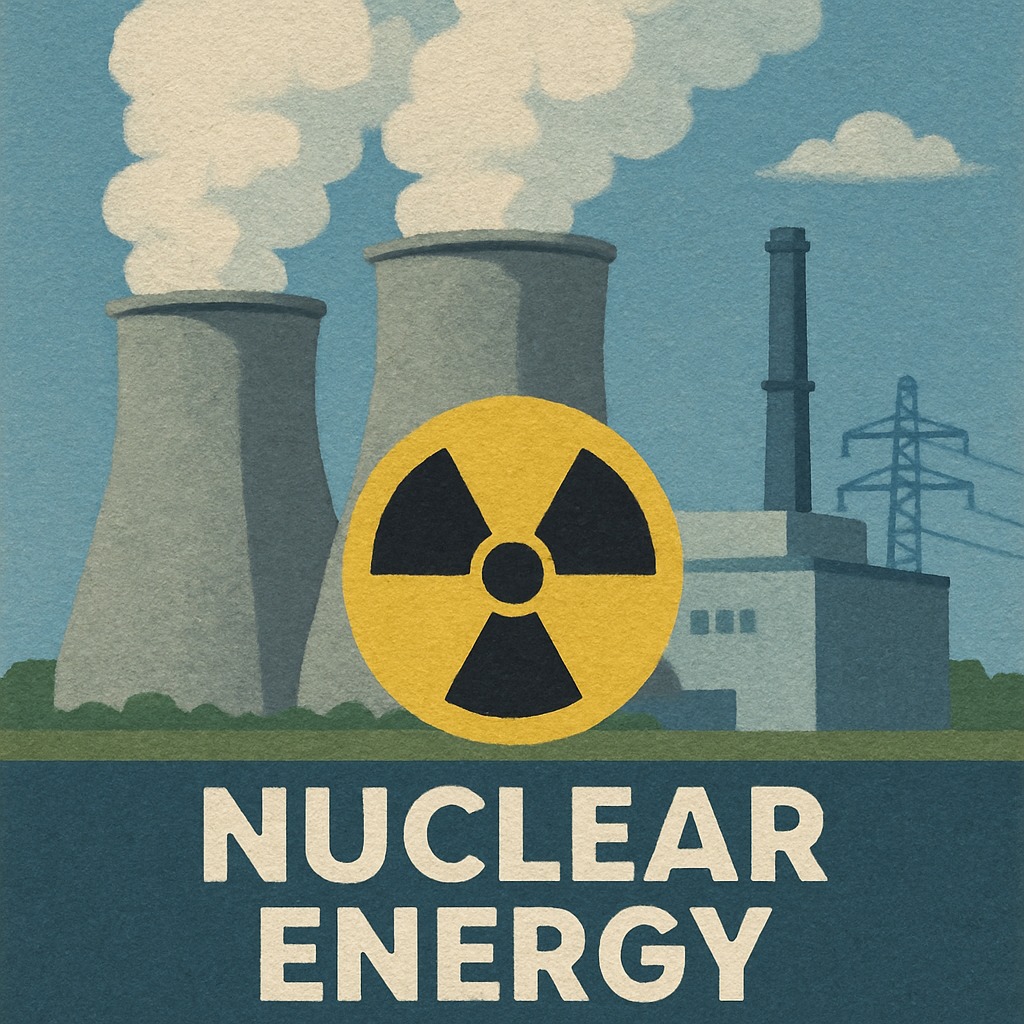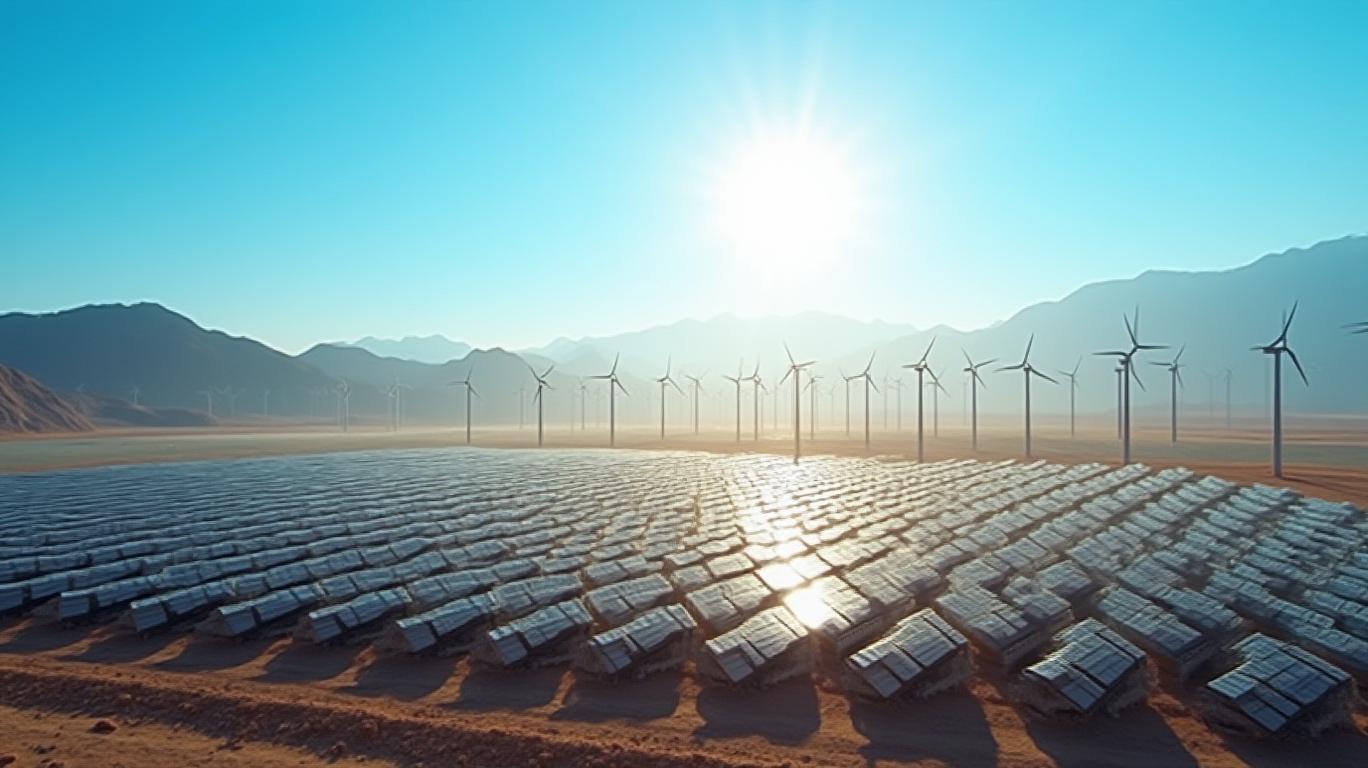China's Strategic Move: Adding Cobalt and Copper to State Reserves
Thursday, Mar 20, 2025 9:50 pm ET
In the ever-evolving landscape of global mineral supply chains, China's recent decision to add cobalt and copper to its state metal reserves is a strategic maneuver that underscores the country's dominance in critical mineral refining. This move, while aligning with China's broader industrial policy and critical mineral strategies, has far-reaching implications for global supply chains and geopolitical dynamics.
China's dominance in the refining process of critical minerals is well-documented. As the world's largest importer and processor of these resources, China has positioned itself as a key player in global supply chains. This dominance is evident in its role as the world's largest manufacturing hub and the source of numerous green technologies, which rely heavily on critical minerals like cobalt and copper. For instance, China Molybdenum Co (CMOC), a major copper-cobalt producer, posted a 78% year-on-year increase in copper production in the first nine months of 2024, resulting in a 127% surge in cobalt output. This highlights China's ability to rapidly scale production in response to market demands.
However, China's dominance comes with its own set of challenges. The country faces familiar issues such as dependency, supply disruption, and price fluctuation. Given its role as the world's largest manufacturing hub and the source of numerous green technologies, China expects to continue experiencing shortages and supply challenges across a broad spectrum of critical minerals. For example, the oversupply of cobalt in 2024 and 2025, driven by increased copper production, has kept cobalt prices under pressure. This economic vulnerability can impact China's manufacturing sector, which relies heavily on these minerals.

The implications of China's decision to add cobalt and copper to its state metal reserves for global supply chains and geopolitical dynamics are significant. Firstly, it reinforces China's position at the center of global supply chains, which has led major economies to start “de-risking” from China. However, the supply of critical minerals is of mounting concern, and China’s foreign policy stance of weaponizing trade has ruffled some feathers in the west. For example, the United States and Canada have implemented steep tariffs on EVs originating in China, aiming to spur on domestic production and reduce reliance on Chinese EVs.
Secondly, China's decision to add cobalt and copper to its state metal reserves could lead to increased geopolitical tensions. The “de-risking” strategy envisaged in the G7 Hiroshima Leaders’ Communiqué of 2023 is a case in point. Despite being touted as more moderate vis-à-vis the more radical notion of “de-coupling,” there is little daylight between the two approaches. De-coupling and de-risking come to mean the same regarding policy prescriptions, which could lead to increased tensions between China and other major economies.
China's increased focus on cobalt and copper, given the current market conditions and historical challenges with mineral resource management, presents several potential economic and environmental impacts.
Economic Impacts
1. Market Dominance and Supply Chain Control:
- China's dominance in the refining process of critical minerals, including cobalt and copper, positions it as a key player in global supply chains. As the world's largest importer of critical minerals, China processes and supplies these minerals to the rest of the world. This dominance allows China to exert significant control over the supply chain, which can influence global prices and availability. For instance, China Molybdenum Co (CMOC), a major copper-cobalt producer, posted a 78% year-on-year increase in copper production in the first nine months of 2024, resulting in a 127% surge in cobalt output. This highlights China's ability to rapidly scale production in response to market demands.
2. Economic Dependence and Vulnerabilities:
- Despite its dominance, China faces challenges such as dependency, supply disruption, and price fluctuation. Given its role as the world's largest manufacturing hub and the source of numerous green technologies, the country expects to continue experiencing shortages and supply challenges across a broad spectrum of critical minerals. For example, the oversupply of cobalt in 2024 and 2025, driven by increased copper production, has kept cobalt prices under pressure. This economic vulnerability can impact China's manufacturing sector, which relies heavily on these minerals.
3. Geopolitical Tensions and Trade Policies:
- China's foreign policy stance of weaponizing trade has ruffled some feathers in the West, leading to geopolitical tensions. The "de-risking" strategy envisaged in the G7 Hiroshima Leaders’ Communiqué of 2023 aims to reduce dependence on China, which could disrupt China's economic strategies. For instance, the US and Canada have implemented steep tariffs on Chinese EVs, which could impact China's cobalt and copper exports. This geopolitical tension could lead to economic instability and reduced market access for China's mineral products.
Environmental Impacts
1. Historical Challenges with Mineral Resource Management:
- China's historical challenges with mineral resource management, including illegal mining, overproduction, smuggling, depletion of natural resources, and pollution, pose significant environmental risks. The rare earths industry, which originated in the 1970s, faced these issues, leading to a balanced approach that focuses on industrial reforms to protect natural resources and the environment through technologies, innovation, and sustainable development. However, the rapid expansion of cobalt and copper production could exacerbate these environmental challenges.
2. Environmental Degradation and Resource Depletion:
- The increased focus on cobalt and copper mining could lead to environmental degradation and resource depletion. For example, the discovery of the world's first ultra-deepwater, ultra-shallow large gas field in China, with newly confirmed geological reserves of natural gas exceeding 100 billion cubic meters, highlights the country's efforts to explore new resources. However, this exploration could lead to environmental impacts such as pollution and habitat destruction.
3. Sustainable Development and Innovation:
- China's National Plan for Mineral Resources, 2016-2020, identified 24 “strategic minerals” and outlined a strategy for the mineral resources industry, combining inward and outward-looking policies. Inside China, the focus is on fostering mining activities, improving the efficient use and preservation of minerals, upgrading industrial structures, advancing innovation, and promoting a circular economy and the “green development” of industry. This approach aims to mitigate the environmental impacts of mineral resource management. For instance, China's lithium resources increased by over 30 percent in 2024, making the country a 'stabilizer' in the international lithium market, which supports sustainable development goals.
In conclusion, China's increased focus on cobalt and copper presents both economic opportunities and challenges, as well as environmental risks and benefits. The country's historical challenges with mineral resource management and current market conditions highlight the need for a balanced approach that prioritizes sustainable development and innovation. As China continues to dominate the refining process of critical minerals, it must also address the environmental and geopolitical implications of its strategies to ensure a stable and sustainable future for global supply chains.










